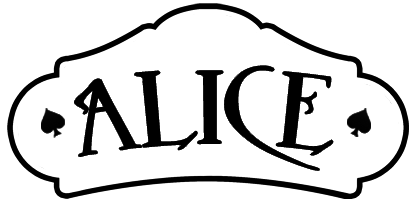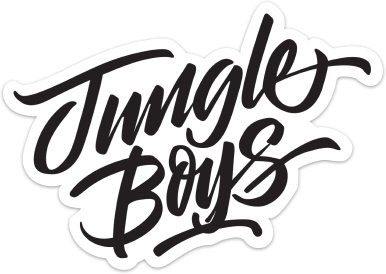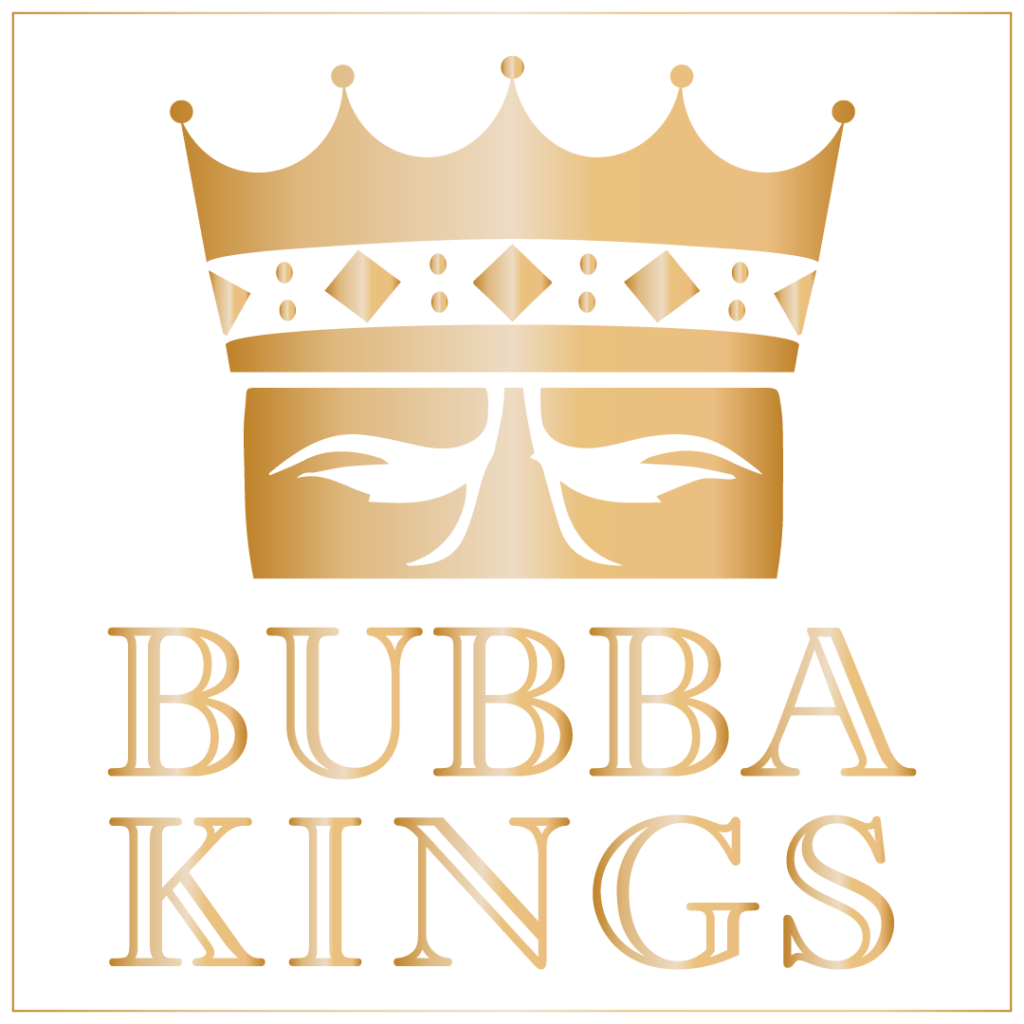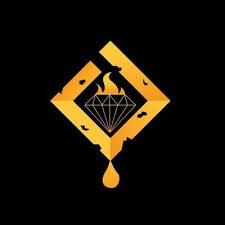News
The media are picking scabs with coverage of latest Oka Crisis: Opinion
[ad_1]
We hear the words all the time in the news. It might be about an occupation or demonstration against oilsands, pipelines or fracking. It might be in the East, the North or the West. It’s a warning to governments: Careful or this could turn into another Oka Crisis.
Last week, the story really was happening in Oka, Que.
Mayor Pascal Quevillon raised concerns to reporters that his town would become “surrounded” if a Quebec land developer transfers or sells his land to the Mohawk Council of Kanesatake.
He said the Mohawk community is filled with illegal dumps, cannabis dispensaries and cigarette stores. He feared such encroachment could lead to another Oka Crisis — but this time with Oka residents rising up against the Mohawk.
Reporters descended on this sleepy little place west of Montreal with their satellite uplinks, microphones and cameras. News hounds chasing a pair of local politicians spitting at each other like kids in a playground.
Except this isn’t just any old playground. This is where the real Oka Crisis blew up 29 years ago this month. This time, it was also about land, and also with a mayor of Oka whipping up ugly racial stereotypes and ancient hatreds.
There’s always been a race problem here. It stretches back to New France. The Mohawk weren’t just Indians. They were Iroquois — part of the Six Nations Confederacy, historic allies to English conquerors, hated enemies of French settlers.
Most Mohawk speak English today, partly because their parents and grandparents were taken to English residential schools, partly because racism in Quebec forced them to look for work in Ontario or the United States.
Twenty-nine years ago, it didn’t take much for Mayor Jean Ouellette to help light the fuse that exploded into a massive raid and a 30-second firefight with Mohawk Warriors that killed Cpl. Marcel Lemay of the Quebec provincial police.

The crisis became a 78-day standoff marked by violations of human and civil rights, the deployment of hundreds of Canadian soldiers supported by fighter jets, and violent riots in Chateauguay on Montreal’s south shore, where Québecois demanded Mohawk blood.
All because the mayor of Oka wanted to expand a golf course and bulldoze a Mohawk cemetery on land the Mohawk said was held in “trust” for them but sold off by the Catholic Church, along with more than 95 per cent of their original territory.
The news media didn’t want to cover that story, at first.
The Mohawk tried for months to get reporters interested in tiny Kanesatake, mere miles from the biggest media footprint in Quebec.
But reporters didn’t think there was much of a story — at least until rumours of the planned police raid leaked.
The resulting standoff cast a mould for Mohawk relations at Kanesatake.
Want to get attention? Invoke a threat of violence. Utter two magic words: Oka Crisis.
Unfortunately, it also attracts journalists and politicians with only a superficial grasp of the issues, which are steeped in long histories of systemic discrimination and racism.
Complicating matters are local politicians on both sides who twist facts for their own purpose, puffing up their chests and hurling insults, pandering to their own supporters’ worst racial insecurities and hatreds.
Trapped in the middle are people on both sides. Some who feel beaten down by history, and others with minds more recently opened by changes in society’s attitudes toward Indigenous peoples.
That story doesn’t attract the news media though. It requires too much time and energy, especially at a time of budget cuts, layoffs and dying newspapers.
Instead, reporters shuttle back and forth between the offices of the grand chief and the mayor, faithfully collecting quotes for their readers and audiences.

It’s all accurate. The stuff about tobacco shacks, pot shops and toxic dumps. Most of it’s fair and somewhat balanced. But it lacks context. I call it picking at scabs, because they’re pulling off what’s on the surface but not examining the festering wounds underneath.
Most of the journalism I’ve seen and heard this past week has lots of who, what, when and where but precious little of the why.
Why are tobacco and cannabis shops the foundation for a small-business economy at Kanesatake?
Why are dumps at Kanesatake unregulated?
Why does Mayor Quevillon use these as insults and ugly stereotypes to encourage racial hatreds when the issue is about an “ecological gift” of land to the Mohawk?
Why hasn’t the federal government been more involved?
More importantly, why hasn’t the news media been trying to understand why things haven’t really changed for the people of Kanesatake or Oka in the past 29 years?
Maybe because the story’s not sexy enough without a threat of violence. Or perhaps they’re really not interested in anything more than picking at scabs.
This column is part of CBC’s Opinion section. For more information about this section, please read our FAQ.
Source link














